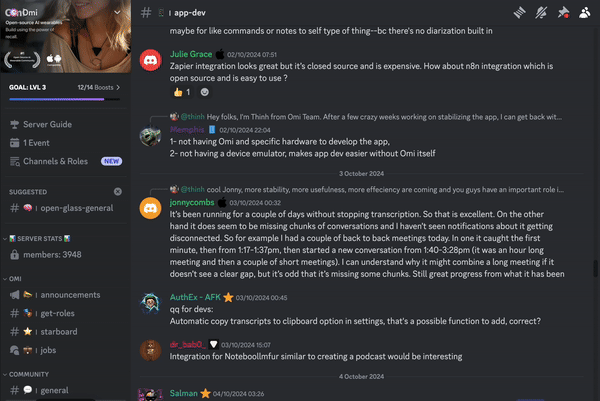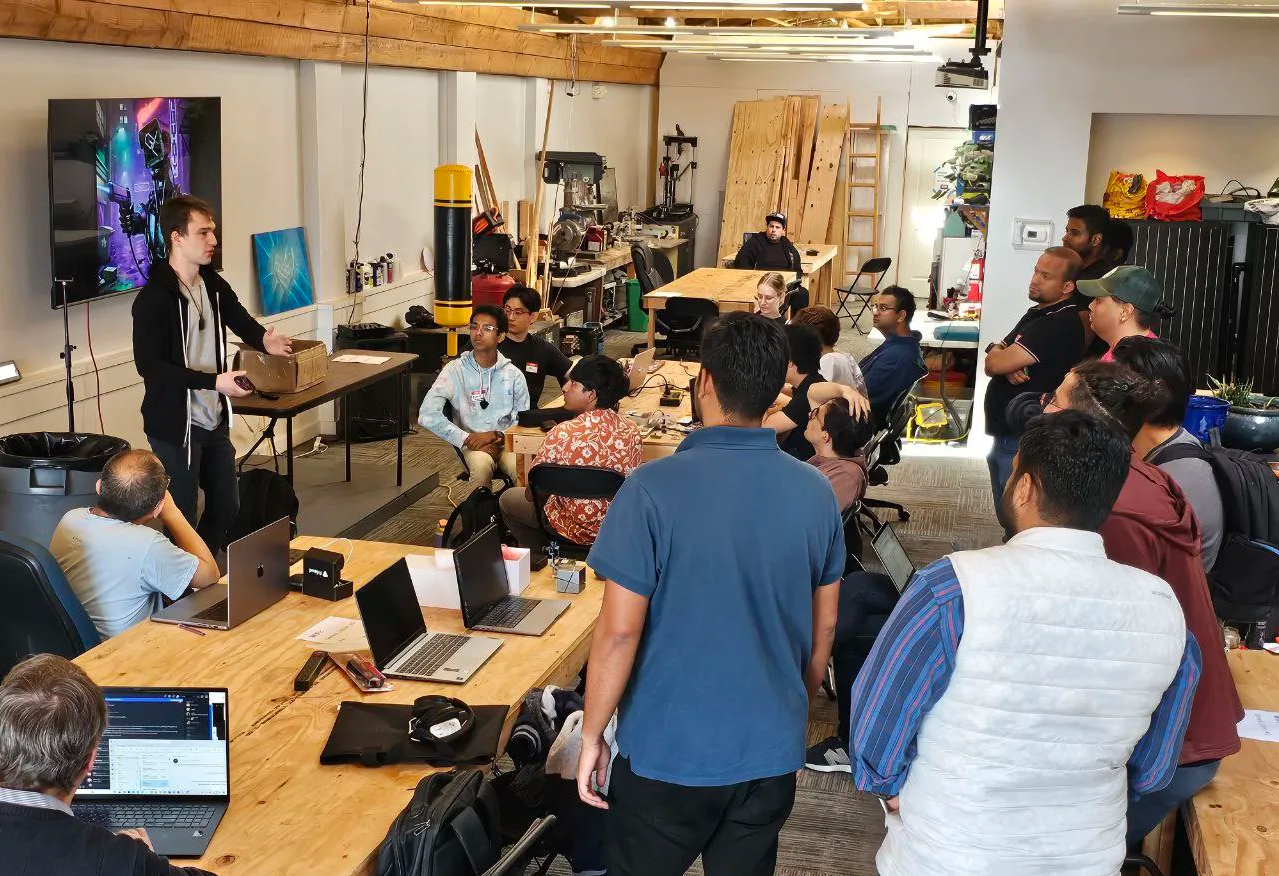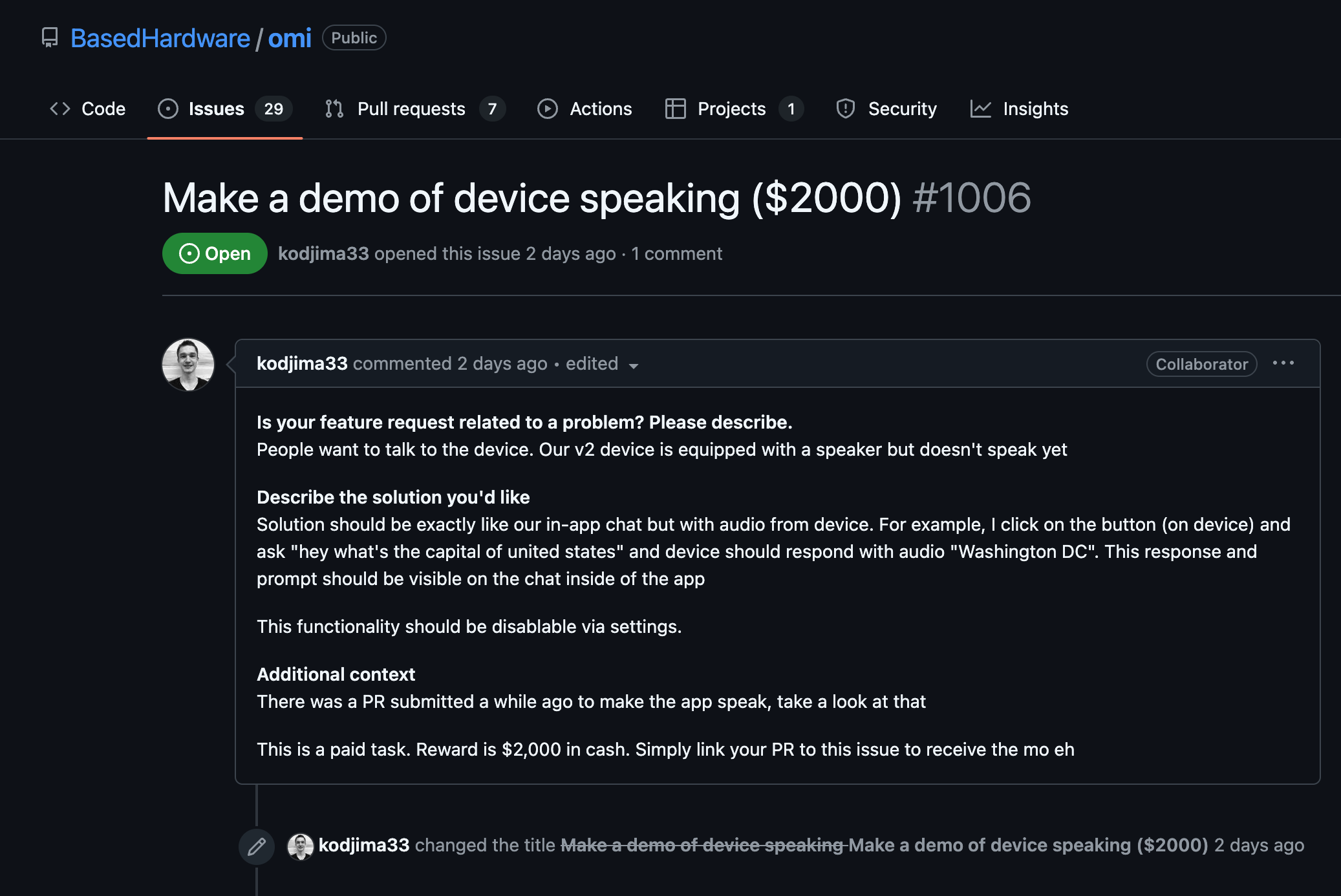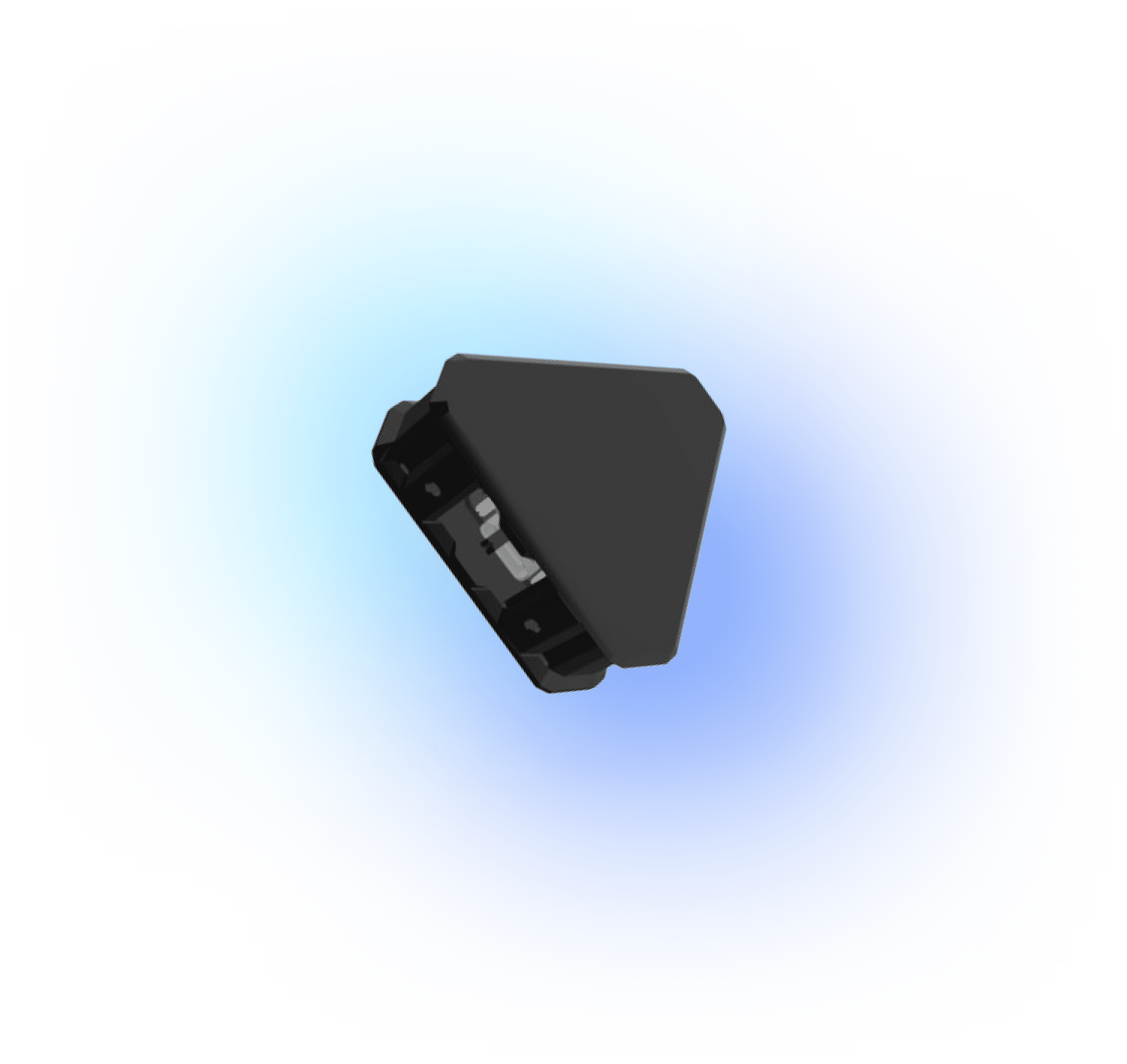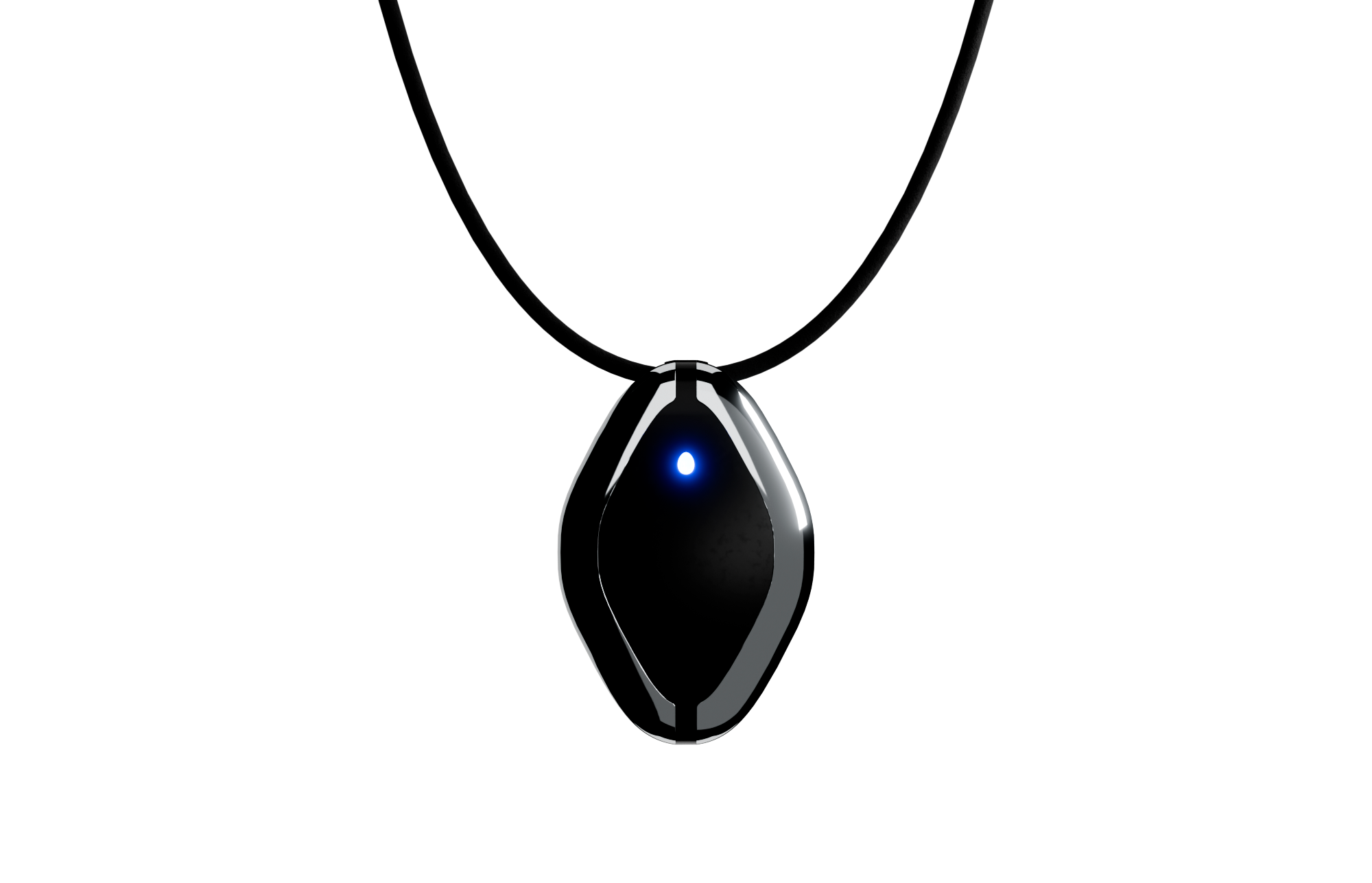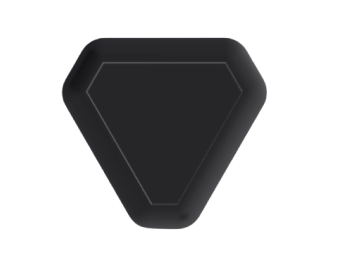Identifying the Right Camera Module
- Assess the resolution, frame rate, and interface type (e.g., MIPI CSI, parallel) required for your application.
- Ensure compatibility with embedded system specifications, considering electrical characteristics and pin configuration.
- Review sensor type (CCD, CMOS) for performance in various lighting conditions.
Interface Selection and Configuration
- Select an interface type that is supported by your embedded system. MIPI CSI is common for ARM-based platforms while parallel interfaces can be simpler and easier to implement.
- Configure the communication interface in your embedded system, typically through configuration registers or software APIs provided by the microcontroller or SoC platform.
- Make sure you route the interface lines correctly, accounting for signal integrity and minimization of interference.
Writing Driver Code for the Camera
- Create or adapt a camera driver tailored for your platform. The driver will manage interface initialization, control data flow, and handle image processing.
- For Linux-based systems, consider writing a V4L2 (Video4Linux2) driver. Below is an example skeleton for a camera driver:
#include <linux/module.h>
#include <linux/platform_device.h>
#include <media/v4l2-device.h>
static int my_camera_probe(struct platform_device *pdev) {
// Initialize camera, configure registers
return 0;
}
static int my_camera_remove(struct platform_device *pdev) {
// Resource cleanup
return 0;
}
static struct platform_driver my_camera_driver = {
.probe = my_camera_probe,
.remove = my_camera_remove,
.driver = {
.name = "my_camera",
},
};
module_platform_driver(my_camera_driver);
Implementing Image Data Processing
- Set up a buffer management system to efficiently handle capturing image frames. This could leverage DMA (Direct Memory Access) for higher throughput.
- Convert or process the captured raw image data as needed, potentially implementing functions such as noise reduction, color correction, or image scaling.
- For real-time processing, ensure that image acquisition and processing do not introduce unacceptable latencies within your application.
Debugging and Optimizing the System
- Utilize logic analyzers or oscilloscopes to verify electrical signals and data integrity across the camera interface.
- Implement logging throughout your driver code to trace and resolve configuration or communication issues.
- Continuously profile system performance, identifying and mitigating any bottlenecks caused by the integration of the camera module.
Testing and Calibration
- Conduct thorough testing across different lighting environments to ensure the camera performs reliably.
- Calibrate the camera’s color settings, exposure, and focus to align with your application's quality requirements.
- Draft test scenarios and scripts that validate system robustness, particularly focusing on start-up and shutdown sequences.
